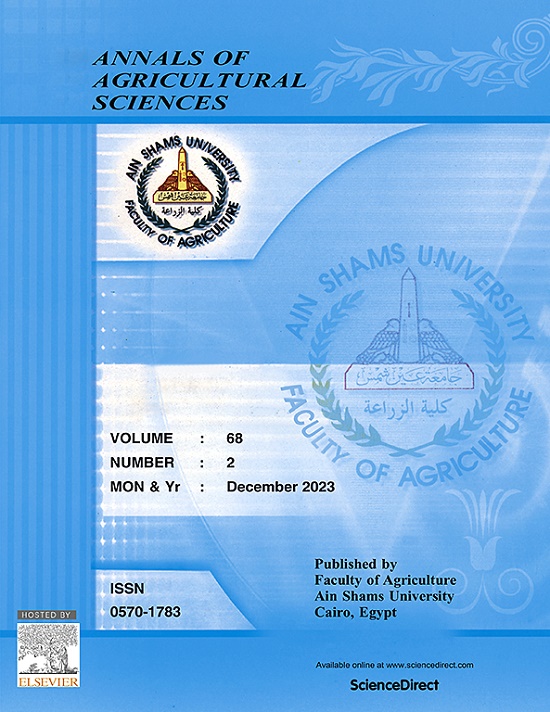可持续纺织用微生物色素的细胞毒性评价及大鼠皮肤刺激性筛选
IF 3.2
2区 农林科学
Q1 AGRICULTURE, MULTIDISCIPLINARY
引用次数: 0
摘要
全球纺织工业每年消耗100多万吨合成染料,由于其持久性和毒性,对环境和健康构成风险。微生物色素提供了一种可持续的替代品。本研究在基于大鼠的筛选模型中评估了铜绿假单胞菌、绿球菌、粘质沙雷氏菌、黄体微球菌、玫瑰微球菌和kristinae微球菌产生的色素(蓝绿色、棕色、红色、黄色、玫瑰色和橙色)对皮肤的刺激潜力,该模型改编自OECD 404原则,但并不完全符合。在测试条件下没有观察到刺激。使用中性红色摄取法对wi38人肺成纤维细胞进行细胞毒性评估。橙色色素无毒高达150 mg/mL,而其他色素的半最大抑制浓度(IC₅0)值范围为46.7至113.5 mg/mL。在棉织物上进行染色试验,结果表明,红色素对棉织物的染色效果最好。经16S rRNA基因测序鉴定,该分离物与S. marcesens ATCC13880同源性为99.8%。利用傅里叶变换红外光谱对LRe6的神桐素色素进行了表征。这些发现表明,微生物色素是合成染料的有前途的环保替代品,尽管还需要进一步的验证测试。本文章由计算机程序翻译,如有差异,请以英文原文为准。
Assessment of cytotoxicity and rat dermal irritation screening of microbial pigments for application in sustainable textile manufacturing
The global textile industry consumes over a million tons of synthetic dyes annually, posing environmental and health risks due to their persistence and toxicity. Microbial pigments offer a sustainable alternative. This study evaluated the dermal irritation potential of pigments (blue green, brown, red, yellow, rose, and orange) produced by Pseudomonas aeruginosa, Azotobacter chroococcum, Serratia marcescens, Micrococcus luteus, Micrococcus roseus, and Micrococcus kristinae in a rat-based screening model adapted from OECD 404 principles but not fully compliant. No irritation was observed under the tested conditions. Cytotoxicity was assessed using the neutral red uptake assay in WI 38 human lung fibroblasts. The orange pigment was non toxic up to 150 mg/mL, while half-maximal inhibitory concentration (IC₅₀) values for other pigments ranged from 46.7 to 113.5 mg/mL. Dyeing trials on cotton fabric showed the best performance with the red pigment from S. marcescens. This isolate was taxonomically identified by 16S rRNA gene sequencing, which was 99.8 % DNA identical to S. marcescens ATCC13880. The prodigiosin pigment of LRe6 was characterized using Fourier transform infrared spectroscopy. These findings suggest microbial pigments as promising eco-friendly alternatives to synthetic dyes, though further validated testing is required.
求助全文
通过发布文献求助,成功后即可免费获取论文全文。
去求助
来源期刊

Annals of Agricultural Science
AGRICULTURE, MULTIDISCIPLINARY-
CiteScore
12.60
自引率
0.00%
发文量
18
审稿时长
33 days
期刊介绍:
Annals of Agricultural Sciences (AOAS) is the official journal of Faculty of Agriculture, Ain Shams University. AOAS is an open access peer-reviewed journal publishing original research articles and review articles on experimental and modelling research at laboratory, field, farm, landscape, and industrial levels. AOAS aims to maximize the quality of the agricultural sector across the globe with emphasis on the Arabian countries by focusing on publishing the high-quality applicable researches, in addition to the new methods and frontiers leading to maximizing the quality and quantity of both plant and animal yield and final products.
 求助内容:
求助内容: 应助结果提醒方式:
应助结果提醒方式:


